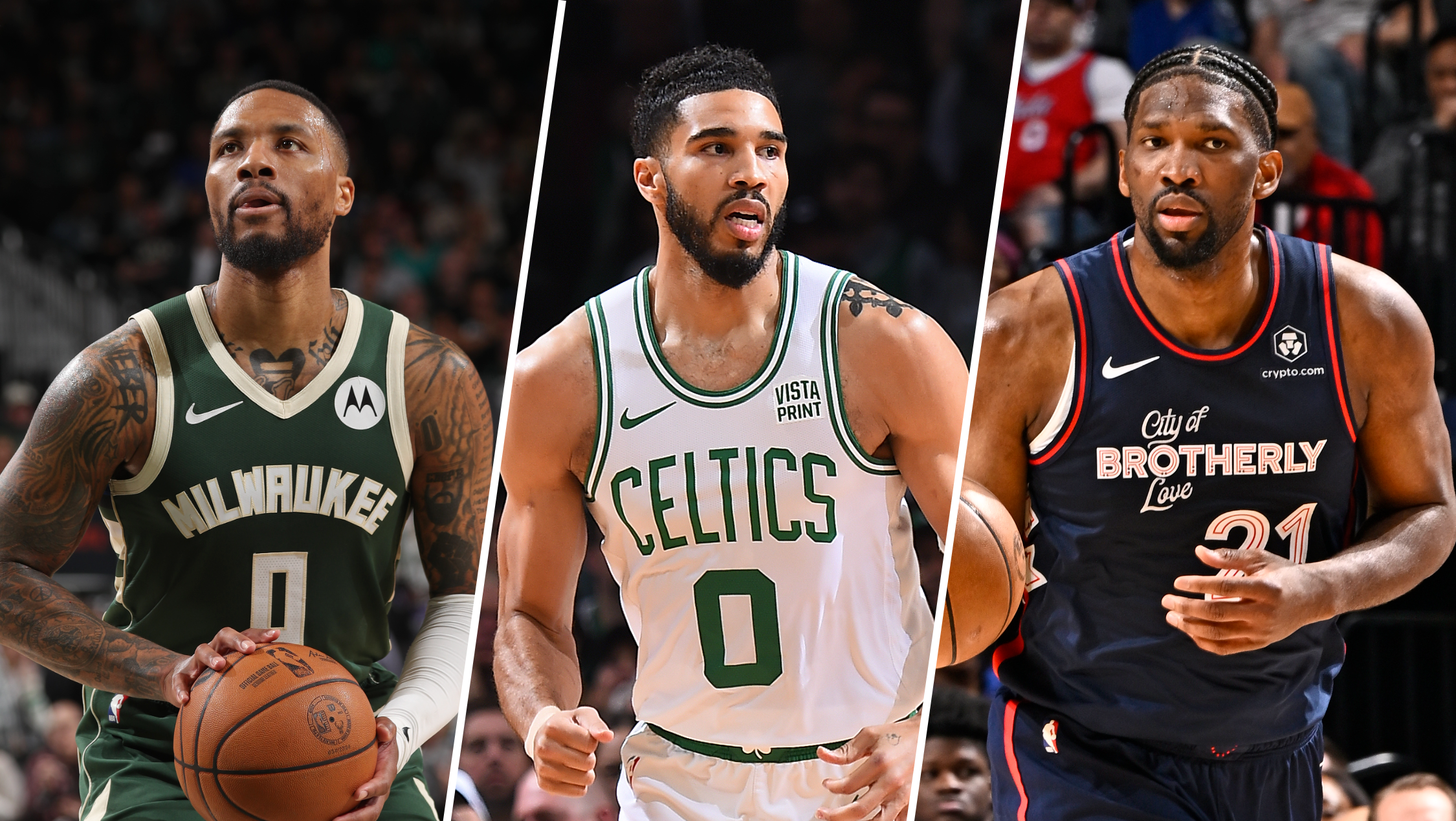Over the weeks leading up to the 2017 NBA draft, we'll be making cases for the Sixers to draft several prospects. Our series will kick off with options at No. 3 (or trade downs) followed by second-round possibilities. The 2017 NBA draft will take place on June 22 at Barclays Center in Brooklyn, New York.
Dillon Brooks
Position: SF
School: Oregon
Height: 6-6
Weight: 215
Wingspan: 6-6
When writing a list of the Sixers’ flaws, the inability to consistently knock down shots has to be near the top.
Enter Dillon Brooks.
Brooks improved every season at Oregon. He averaged 16.1 points per game in 2016-17 to help lead the Ducks to their first Final Four since 1939. That effort was also good enough to earn Pac-12 Player of the Year and second-team All-American honors.
Already with the build of an NBA wing and the skill to pour in shots from just about anywhere on the court, Brooks should provide good value for a team in the second round.
The case for Brooks
If the NBA Finals were any proof, shot making is at a premium in the league right now.
NBA
Brooks didn’t start off as a sharpshooter at Oregon, but the Canadian put in the work to get better. He shot 45.6, 47.0 and 48.8 percent from the field during his three collegiate seasons. Brooks’ improvement was even better from behind the arc, where he shot 33.7, 33.8 and 40.1 percent over the past three years.
Brooks is naturally aggressive on the offensive end and hunts for his shots in the paint, from midrange and beyond the arc. That only becomes even more evident with the game on the line as the 21-year-old has developed a reputation for being a clutch performer.
https://www.youtube.com/watch?v=KCzSKYppXPk https://www.youtube.com/watch?v=7dtZDs9BhGI
Brooks’ fiery nature and desire to compete shine through on the floor and are assets that any coach loves to see in a player.
The case against Brooks
Unfortunately for Brooks, that same competitive spirit didn’t always shine through on the defensive side of the ball. Too often he was witnessed only putting forth energy on D against big-time opponents while taking it easy against lesser competition. That lack of focus is not a good combination when you’re already at a disadvantage in regards to lateral quickness.
Additionally, Brooks’ height and full frame didn’t help him on the boards. He averaged a career-low 3.2 rebounds as a junior. And while some of that had to do with rebounding machine and fellow draft hopeful, Jordan Bell, gobbling up the missed shots, that’s not enough reason for Brooks to be virtually nonexistent in that area.
Analysis
Brooks’ skill set offensively is something other draft hopefuls wish they could mimic. He uses his size to get inside and finish around the rim while still being able to convert from the midrange and long distance.
There are questions about his commitment on defense, but he does possess the body and general intensity to improve on that end.
With Robert Covington’s becoming an unrestricted free agent after the 2017-18 season, Brooks has the potential to slide into that role as the three-point threat on a team in desperate need of shooting.


